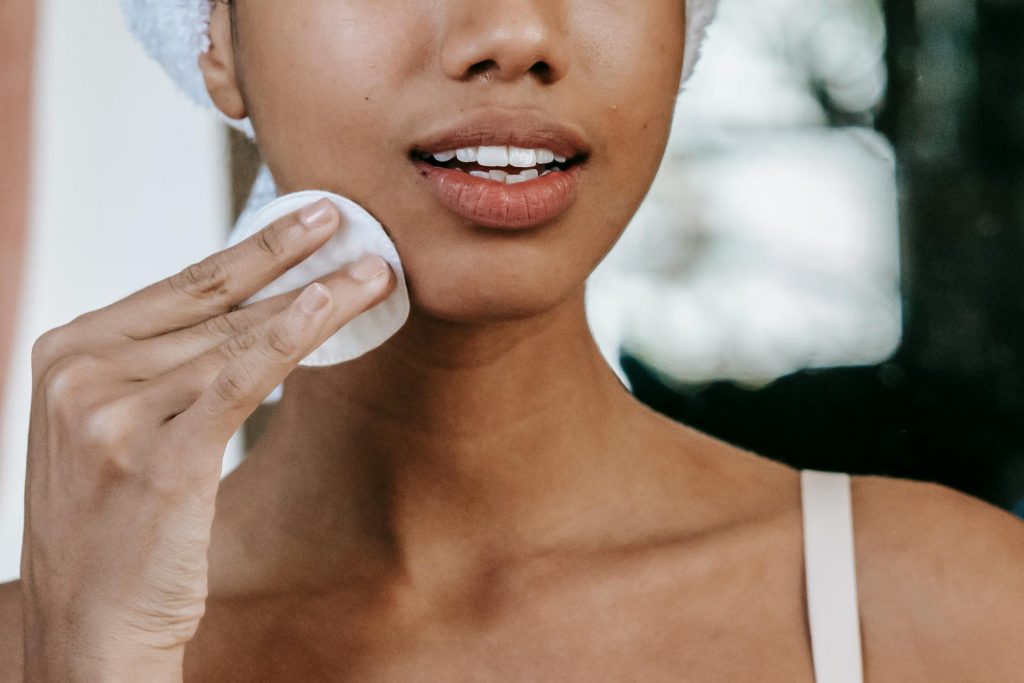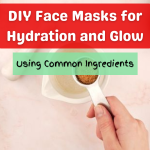
As temperatures drop, our skin often faces its toughest challenges. The combination of cold air, low humidity, and indoor heating can strip the skin of its natural moisture, leaving it dry, irritated, and vulnerable. Whether you’re experiencing chapped lips, flaky skin, or an overall tightness, cold weather requires a dedicated skincare routine to keep your skin healthy and glowing. Fortunately, by understanding how the winter elements affect your skin and adjusting your regimen accordingly, you can maintain a radiant complexion all season long.
The Impact of Cold Weather on Skin
Winter introduces a harsh environment for your skin. The cold air holds less moisture than warmer air, leading to a drop in natural humidity. This lack of moisture can cause your skin to become dehydrated, making it prone to cracks, irritation, and even eczema flare-ups for those with sensitive skin. Additionally, indoor heating systems exacerbate the issue by creating dry, artificial warmth that saps the skin of its essential oils.
Furthermore, many people tend to take longer, hotter showers in winter to combat the chill, which unfortunately strips the skin of its natural protective barrier. Without proper care, the combination of environmental stressors and habitual choices can lead to long-term damage. Understanding these factors is the first step in creating a skincare routine that counters the effects of cold weather.
Hydration is Key
One of the most crucial aspects of winter skincare is hydration. The lack of moisture in the air requires an extra effort to keep your skin hydrated. Drinking plenty of water remains essential year-round, but in winter, you may need to double down on topical hydration.
Start with a hydrating cleanser that nourishes the skin without stripping its natural oils. These cleansers maintain the skin’s pH balance while removing impurities. After cleansing, applying a rich moisturizer tailored to your skin type helps to lock in moisture. Look for ingredients like hyaluronic acid, glycerin, and ceramides, which help draw water into the skin and strengthen its barrier.
Using a humidifier in your living space can also make a significant difference. By adding moisture back into the air, a humidifier can prevent your skin from drying out, especially overnight. Combined with a consistent skincare routine, these steps will help keep your skin plump and supple during winter.
Don’t Underestimate Sun Protection

While it may seem counterintuitive, sunscreen is just as important in the colder months as it is during summer. The sun’s harmful UV rays can penetrate through clouds and even reflect off snow, increasing your exposure. Over time, this can lead to premature aging, hyperpigmentation, and increased sensitivity.
In winter, choose a broad-spectrum sunscreen with at least SPF 30 to shield your skin from both UVA and UVB rays. Applying sunscreen should be the final step in your morning skincare routine, even on overcast days. If you spend time outdoors skiing or snowboarding, consider reapplying every two hours for added protection. Your skin will thank you for this proactive defense against environmental stressors.
Combatting Winter Redness and Irritation
Cold weather often brings redness and irritation, especially for those with sensitive or rosacea-prone skin. The abrupt shifts between cold outdoor air and warm indoor heating can trigger inflammation and flare-ups. To soothe irritated skin, incorporating calming ingredients like aloe vera, chamomile, and niacinamide into your routine is beneficial.
Using a fragrance-free moisturizer can also help, as fragrances and certain chemicals can exacerbate irritation. Opt for lukewarm water when washing your face and body to prevent stripping your skin of essential oils. Post-cleansing, pat your skin dry rather than rubbing it harshly, as this helps preserve the delicate outer layer.
Consistency is key when addressing irritation. By sticking to gentle, nourishing products and avoiding triggers, you can keep redness at bay and enjoy a more even complexion during winter.
Pay Special Attention to Your Lips and Hands
Two areas often neglected during cold weather are the lips and hands, which tend to bear the brunt of exposure to the elements. Lips lack oil glands, making them especially prone to chapping and cracking. A good lip balm with ingredients like shea butter, beeswax, or lanolin can act as a protective barrier. Reapply throughout the day, especially after eating or drinking.
Similarly, hands are often exposed to cold air, wind, and frequent washing, leading to dryness and irritation. A thick hand cream with ingredients like almond oil, urea, or glycerin can help restore lost moisture. Wearing gloves outdoors and opting for non-irritating soaps indoors can further protect the skin on your hands. These small adjustments ensure that both your lips and hands remain soft and nourished, even in the harshest conditions.
The Role of Diet in Winter Skincare
What you eat plays a significant role in how your skin responds to cold weather. During winter, foods rich in healthy fats like omega-3s can help maintain your skin’s moisture barrier. Include fatty fish like salmon, avocados, nuts, and seeds in your diet to promote hydration from within.
Antioxidant-rich fruits and vegetables, such as berries, spinach, and sweet potatoes, combat free radicals and provide essential vitamins like C and E. These nutrients boost collagen production, improve skin elasticity, and support repair processes. Staying hydrated by drinking plenty of water, herbal teas, and broths also contributes to maintaining your skin’s overall health.
By pairing a nutrient-rich diet with a thoughtful skincare routine, you can achieve a healthy glow despite the winter chill.
Adapting Your Routine for Nighttime
Nighttime is the ideal opportunity for your skin to recover and replenish, especially during winter. After cleansing, use a hydrating toner to restore balance and prepare your skin for heavier treatments. Serums with active ingredients like retinol or peptides can work wonders, as they promote cell renewal and repair damage caused by harsh weather.
Follow up with a deeply nourishing night cream or facial oil to lock in moisture and provide an extra layer of protection. For those with severely dry skin, a sleeping mask can offer intensive hydration overnight. Regularly exfoliating with a gentle scrub or enzyme-based product helps remove dead skin cells, ensuring that your treatments penetrate effectively.
Consistent care during the evening allows your skin to bounce back, leaving it ready to face the day ahead.
Embrace Self-Care for Radiant Winter Skin
Cold weather can be a challenge for your skin, but it’s also an opportunity to practice self-care and mindfulness. Take the time to indulge in hydrating face masks, warm baths infused with soothing oils, or even a professional facial. These moments of relaxation not only benefit your skin but also uplift your mood during the darker, colder months.
Remember that every individual’s skin reacts differently to winter. Experimenting with different products and observing how your skin responds will help you refine your routine. By staying attentive to your skin’s needs and making thoughtful adjustments, you can protect it from the elements and maintain a healthy, radiant complexion all season long.
Winter may be harsh, but with a little care and consistency, your skin can thrive even in the coldest weather. Let the season be a time to nurture yourself, inside and out.





Leave a Reply